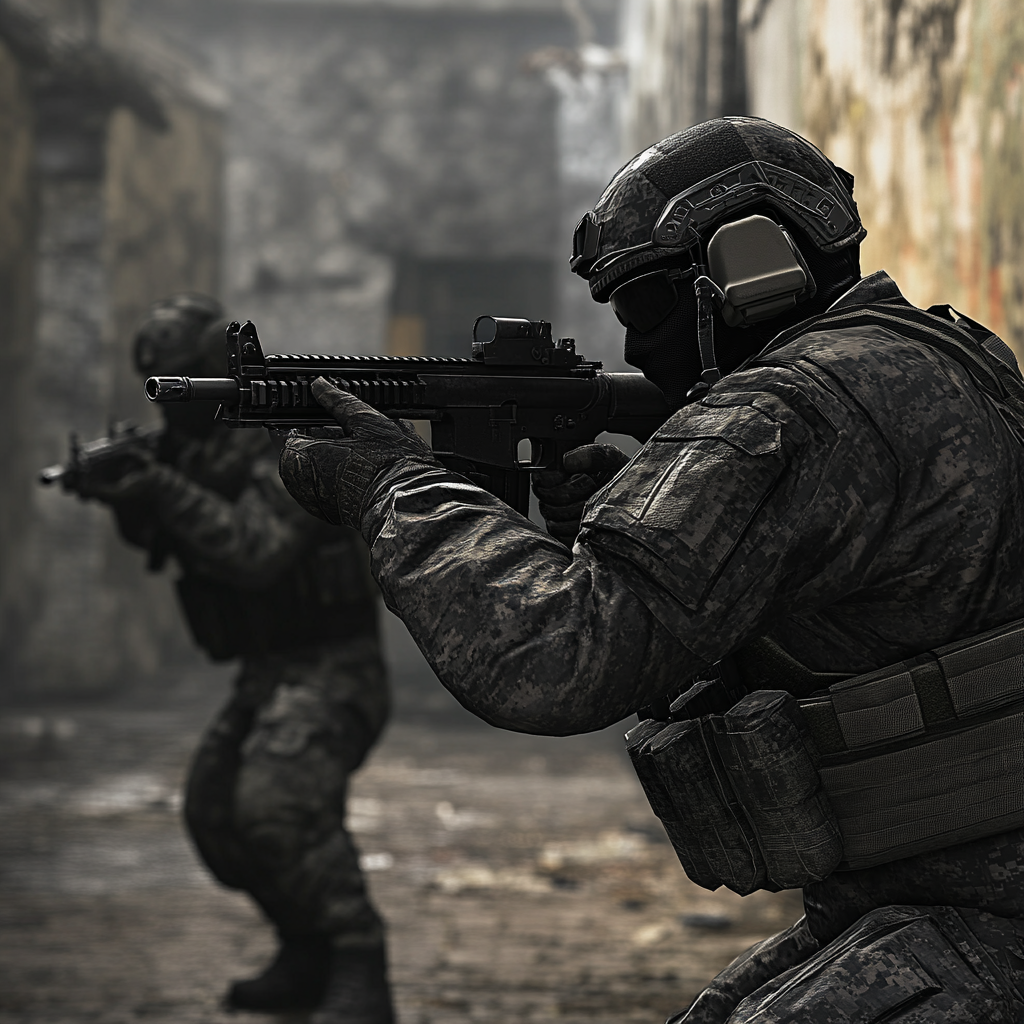In CS2, sound is more than just background noise — it’s a tactical asset. From subtle footsteps to utility usage and gun reloads, sound offers crucial information that can make or break a round. Yet many players underestimate its power or fail to use it properly.
Types of Sound You Should Pay Attention To
- Footsteps: Reveals enemy direction, number of players, and pace.
- Utility Sounds: Flashes, smokes, and molotovs tell you what site is being hit.
- Weapon Sounds: Identify weapons, reloading, and even ammo count in some cases.
- Environmental Sounds: Ladders, doors, water splashes — all give away positioning.
Table: Common Sounds and What They Reveal
| Sound | What You Learn | Best Reaction |
|---|---|---|
| Multiple footsteps rushing B | Likely a full execute | Call rotate early |
| Slow walk into site | Stealth entry, possible fake | Hold angles silently |
| Flash throw sound | Incoming push or bait | Turn from flash or delay peek |
| Molotov landing sound | Clearing common angle | Change position quickly |
| Weapon reload | Enemy vulnerable | Push or swing during reload |
How to Improve Sound Awareness
- Use quality headphones: A solid headset can help you hear footsteps across the map.
- Lower ambient volume: Reduce in-game music and background noise.
- Play at low sensitivity: Avoid rapid mouse movement that might distract from listening.
- Train sound reading: Watch demos with closed eyes — can you tell what’s happening?
- Adjust Windows settings: Turn off enhancements, enable spatial sound if helpful.
Interesting Facts
- Pro players often wear dual-layer noise-canceling headphones on stage — one for game, one for white noise.
- CS2’s sound engine was reworked from CS:GO to include more accurate environmental acoustics.
- Experienced players can identify maps and areas just by hearing utility bounce sounds.
Sound is invisible, but in CS2, it’s one of the most powerful tools at your disposal. Mastering sound gives you information that no radar or teammate can offer. Once you start listening closely, you’ll notice a difference — in your awareness, reaction time, and win rate.

Leave a Reply